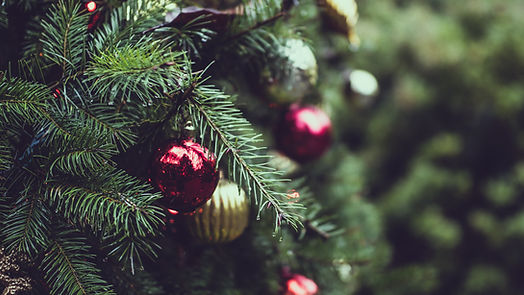
I'm reminded this time of year of my teaching years in the pastry lab at Canadore College. Usually at this time of year, approaching the end of the semester we would focus on chocolate. One of my favorite subjects. The students and I would do a production lab of sorts, making truffles, yule logs and Sacher tortes. In this thread I will share a little history, methods and recipes to inspire you.
A chocolate truffle is a type of confection traditionally made with a chocolate ganache center and coated in cocoa powder, coconut, or chopped nuts. A chocolate truffle is hand rolled into a spherical or ball shape. The name derives from the chocolate truffle's similarity in appearance to truffles, a French tuber fungus
Major types of chocolate truffle include:
The Swiss truffle, made by combining melted chocolate into a boiling mixture of dairy cream and butter, which is poured into molds to set before sprinkling with cocoa powder. Like the French truffles, these have a very short shelf life and must be consumed within a few days of making.
The French truffle, made with fresh cream and chocolate, and then rolled in cocoa or nut powder.
The Spanish truffle, prepared with dark chocolate, condensed milk, rum (or any preferred liqueur), and chocolate sprinkles.
The typical European truffle, made with syrup and a base of cocoa powder, milk powder, fats, and other such ingredients to create an oil-in-water type of emulsion.
The American truffle, a half-oval-shaped, chocolate-coated truffle, a mixture of dark or milk chocolates with butterfat, and in some cases, hardened coconut oil. Joseph Schmidt, a San Francisco chocolatier and founder of Joseph Schmidt Confections, is credited with its creation in the mid-1980s.
Other styles include:
The Belgian truffle or praline, made with dark or milk chocolate filled with ganache, buttercream, or nut pastes.
The Californian truffle, a larger, lumpier version of the French truffle, first made by Alice Medrich in 1973 after she tasted truffles in France. She sold these larger truffles in a charcuterie in the Gourmet Ghetto neighborhood of Berkeley; then, in 1977, she began selling them in her own store, which soon expanded into a chain. Medrich is largely credited for starting the American craze for truffles.
The world’s most famous cake, the Original Sacher-Torte, is the consequence of several lucky twists of fate. The first was in 1832, when the Austrian State Chancellor, Prince Klemens Wenzel von Metternich, tasked his kitchen staff with concocting an extraordinary dessert to impress his special guests. As fortune had it, the chef had fallen ill that evening, leaving the apprentice chef, the then-16-year-old Franz Sacher, to perform this culinary magic trick. Metternich’s parting words to the talented teenager: “I hope you won’t disgrace me tonight.”
Franz Sacher seized the moment and conjured up the confection of a lifetime, the chocolate cake that would go down in history as the ne plus ultra of desserts: the Original Sacher-Torte. Disgrace, in any case, was not on the menu that evening. The cake soon gained a cult following, and was deemed “presentable at court”. From then on, it was a favorite at the imperial court and soon went on to win the hearts (and palates) of the world.
A Yule log or bûche de Noël (French pronunciation: [byʃ də nɔɛl]) is a traditional Christmas cake, often served as a dessert near Christmas, especially in France, Belgium, Luxembourg, Switzerland, Vietnam, and Quebec, Canada.
Variants are also served in the United States, United Kingdom, Cambodia, Scandinavia, Portugal, and Spain.
Made of sponge cake, to resemble a miniature actual Yule log, it is a form of sweet roulade.
The cake emerged in the 19th century, probably in France, before spreading to other countries. It is traditionally made from a genoise, generally baked in a large, shallow Swiss roll pan, iced, rolled to form a cylinder, and iced again on the outside. The most common combination is basic yellow sponge cake and chocolate buttercream, though many variations that include chocolate cake, ganache, and icings flavored with espresso or liqueurs exist.
Yule logs are often served with one end cut off and set atop the cake, or protruding from its side to resemble a chopped off branch. A bark-like texture is often produced by dragging a fork through the icing, and powdered sugar sprinkled to resemble snow. Other cake decorations may include actual tree branches, fresh berries, and mushrooms made of meringue or marzipan.
The name bûche de Noël originally referred to the Yule log itself, and was transferred to the dessert after the custom had fallen out of popular use. References to it as bûche de Noël or, in English, Yule Log, can be found from at least the Edwardian era (for example, F. Vine, Saleable Shop Goods (1898 and later).
RECIPES
Looking for more of the same? Join one of our many online programs designed for both Professional and Novice Cooks.
Cheers, and have a great week!


Comments